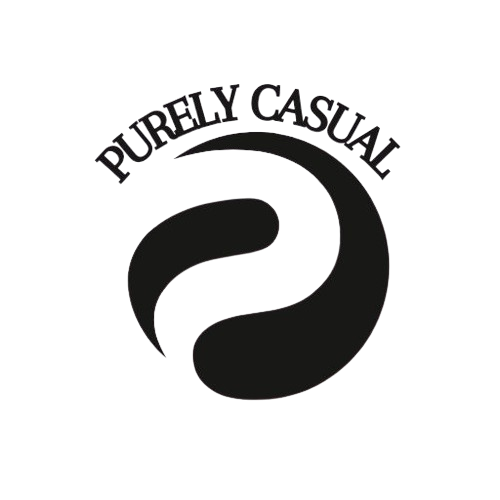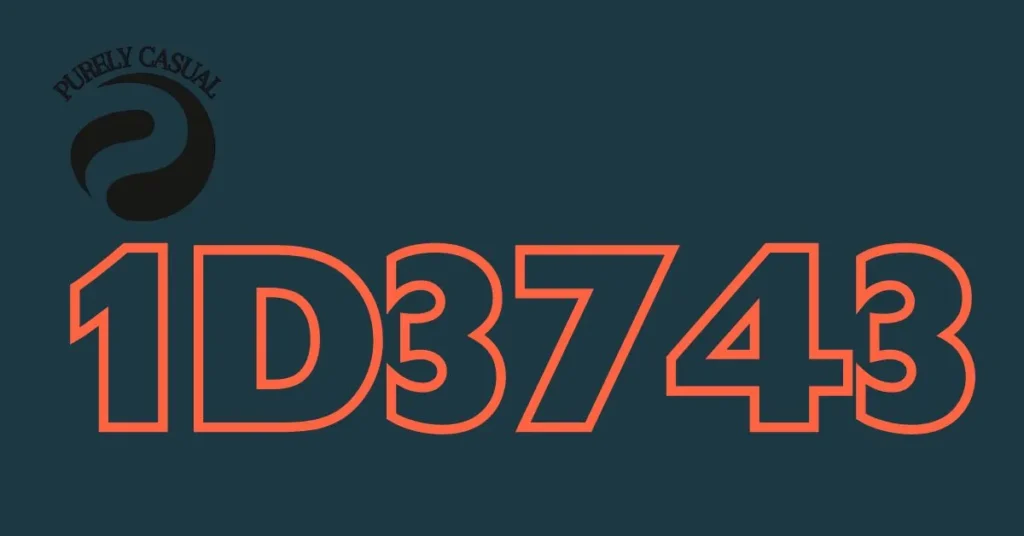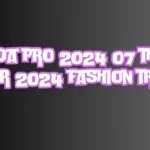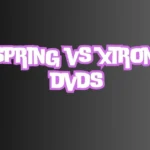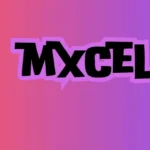Hex color #1d3743 is a deep, dark blue-green shade. It’s a unique and versatile color that can add depth and sophistication to any design. Designers often use this color to create a calm, yet strong, visual effect.
Understanding color values is crucial in design. Using tones, shades, and tints can elevate your work. Each variation of this color offers a different mood and can impact the overall feel of a design.
This blog post will explore the deep blue-green color in detail. We will break down its RGB, HSL, and other color values. Using this color, you’ll learn how to create different tones, shades, and tints.
We will also look at how this hue can be used in design. You’ll see how to pair it with complementary, analogous, and other color schemes. Examples of real-world applications will help you understand how to use this shade effectively.
Accessibility is another key consideration. We’ll discuss how to ensure your designs using this color are accessible to all users. This includes color contrast and designing for color blindness.
Additionally, we will introduce tools that can help you work with this color. These tools include color palette generators and online color analysis resources. We’ll also cover practical tips for using this hue in design software.
By the end of this post, you will have a thorough understanding of this deep blue-green color. Whether creating a new brand, designing a website, or experimenting with color, this guide will provide you with the knowledge and tools you need to use this shade confidently and creatively.
Table Of Contents
- Breaking Down Hex Color #1d3743
- Tones of This Color
- Shades of This Color
- Tints of This Color
- Color Harmonies and Palettes Involving This Shade
- Accessibility Considerations
- Tools and Resources for Working with This Color
- Real-World Examples and Case Studies
- Inspiration and Creative Applications
- Conclusion
- FAQs
Breaking Down Hex Color #1d3743
Hex Code and RGB Values
The hex color #1d3743 comprises three primary colors: red, green, and blue. In the RGB color model, the values are 29 for red, 55 for green, and 67 for blue. This combination creates a deep, dark blue-green color that is visually striking.
HSL, HSV, and CMYK Values
HSL stands for Hue, Saturation, and Lightness. For this shade, the HSL values are approximately 199° for hue, 40% for saturation, and 19% for lightness. This means the color is slightly desaturated and dark blue-green.
HSV, which stands for Hue, Saturation, and Value, describes colors similarly to HSL. The HSV values for this color are around 199° for hue, 57% for saturation, and 26% for value. In the CMYK model used for printing, it converts to 57% cyan, 18% magenta, 0% yellow, and 74% black.
CIE LAB and CIE LCH Values
CIE LAB and CIELCH are advanced color models used for precise color measurements. The CIE LAB values are 22 for lightness, -6 for the a* axis (green-red), and -11 for the b* axis (blue-yellow). This indicates that the color is dark, with more blue than green.
CIELCH represents lightness, chroma, and hue angle. For this color, the CIELCH values are 22 for lightness, 12 for chroma, and 240° for the hue angle. These values help in understanding how the color appears under different lighting conditions.
Summary of Key Color Values
This deep blue-green is a dark, muted color with specific RGB, HSL, and CMYK values. Understanding these values helps in using the color effectively in design. They provide insight into how it will appear on screens and in print.
Tones of This Color
What are Tones?
Tones are created by adding gray to a color. This process softens the color without changing its hue. Tones of this shade will have the same blue-green base but appear more subdued.
Creating Tones of This Color
To create tones, mix the color with varying amounts of gray. Adding more gray results in lighter, softer tones. These tones range from muted teal to deep, smoky blue-green tones.
Visual Examples of Tones
Visual examples help in understanding the effect of tones. This shade’s tones might range from a soft, misty blue to a rich, muted teal. Each tone will retain the original hue but with a more balanced appearance.
Application of Tones in Design
Tones are helpful in creating depth and interest in design. They work well in backgrounds, text, and elements that need a more subtle touch. Using tones can add sophistication and complexity to a design.
Practical Examples
In web design, tones of this shade can create a cohesive and calming theme. In branding, these tones might be used to convey reliability and professionalism. Interior designers might use these tones to create serene, modern spaces.
Shades of This Color
What are Shades?
Shades are created by adding black to a color. This darkens the color while maintaining its original hue. Shades of this hue will have a more intense blue-green appearance.
Creating Shades of This Color
To create shades, mix the color with different amounts of black. Adding more black results in darker shades. These shades can range from a deep teal to a nearly black blue-green.
Visual Examples of Shades
Visual examples can show how shades vary in appearance. For this hue, shades might range from a rich, dark teal to a nearly black hue with a hint of blue-green. Each shade retains the original hue but appears more intense.
Application of Shades in Design
Shades are ideal for creating contrast and emphasis in design. They work well in text, borders, and backgrounds that need a strong visual presence. Using shades can add drama and depth to a design.
Practical Examples
In web design, shades can create bold, impactful sections. In branding, these shades might be used to convey strength and authority. Interior designers might use these shades to create cozy, intimate spaces.
Tints of This Color
What are Tints?
Tints are created by adding white to a color. This lightens the color while keeping its original hue. Tints of this shade will have a softer and more delicate blue-green appearance.
Creating Tints of This Color
To create tints, mix the color with different amounts of white. Adding more white results in lighter tints. These tints range from a pale teal to a light, airy blue-green.
Visual Examples of Tints
Visual examples show how tints vary in appearance. For this hue, tints might range from a soft, pastel teal to a very light, almost minty blue-green. Each tint retains the original hue but looks lighter and more gentle.
Application of Tints in Design
Tints are perfect for creating a light and open feel in design. They are often used in backgrounds, accents, and elements that require a fresh, airy look. Using tints can add a sense of calm and cleanliness to a design.
Practical Examples
In web design, tints can create soft, inviting sections. In branding, these tints might be used to convey approachability and freshness. Interior designers might use these tints to brighten a space and make it more open.
Color Harmonies and Palettes Involving This Shade
Complementary Colors
Complementary colors are opposite each other on the color wheel. For this hue, the complementary color is a warm, reddish-orange. Using complementary colors creates strong contrast and makes both colors stand out.
Analogous Colors
Analogous colors are next to each other on the color wheel. For this shade, the analogous colors are shades of blue and green. These colors blend well together and create a harmonious and cohesive look.
Triadic and Tetradic Palettes
Triadic color schemes use three evenly spaced colors on the color wheel. A triadic palette might include a warm yellow and a cool purple for this hue. Tetradic color schemes use four colors, forming a rectangle on the wheel. A tetradic palette might include a red, green, and yellow mix.
Monochromatic Palettes
Monochromatic color schemes use variations of a single color. For this shade, this includes its tones, shades, and tints. A monochromatic palette provides a unified and elegant look, ideal for creating a consistent design.
Practical Applications
Complementary and analogous colors can be used to create dynamic and harmonious designs. Triadic and tetradic palettes offer a variety of colors for more complex schemes. Monochromatic palettes ensure a sleek, cohesive design. Using these palettes effectively can enhance the visual appeal of any project.
Accessibility Considerations
Color Contrast and Readability
Color contrast is crucial for readability. Ensuring that text and background colors have enough contrast helps users read content easily. For this hue, check that it meets contrast guidelines to ensure visibility.
Designing for Color Blindness
Color blindness affects how people perceive colors. Consider using patterns or textures in addition to color to convey information. Tools and simulations can help you adjust designs to be more inclusive for color-blind users.
Practical Tips for Ensuring Accessibility with This Hue
Use high-contrast color combinations for text and essential elements. Test your designs with color blindness simulation tools to ensure they are accessible. Make sure that all users can navigate and understand your design regardless of color vision.
Tools and Resources for Working with This Color
Color Palette Generators
Color palette generators help create color schemes based on a base color. Tools like Palett.es and Coolors allow you to input this shade and generate matching colors. These tools help design cohesive and visually appealing color palettes.
Online Tools for Color Analysis
Online tools analyze and adjust colors. Websites like Yamada Colors provide detailed color information and variations for this shade. These tools help in understanding how it looks in different contexts and lighting.
Practical Design Tools
Design software helps incorporate colors effectively. Adobe Illustrator, Photoshop, and Figma allow you to use this shade in various design elements. These tools offer features to create and refine your designs with this color.
Using These Tools Effectively
Utilize palette generators to explore color combinations and harmonies. Use color analysis tools to fine-tune how this shade appears in your designs. Apply practical design tools to create and test your color schemes in real-world projects.
Real-World Examples and Case Studies
Brands Using Similar Colors
Many brands use colors similar to this shade. These brands often choose deep blue-green shades to convey reliability and sophistication. Examining their use of this color can inspire your projects.
Successful Design Projects Featuring This Hue
Successful design projects often utilize this color to create a strong visual impact. Case studies show how this hue can be used effectively in various contexts, from websites to product packaging. Analyzing these projects can offer practical insights into using this shade.
Lessons Learned and Best Practices
Lessons from successful designs highlight best practices for using this color. These include selecting complementary colors, ensuring good contrast, and maintaining visual interest. Applying these lessons can enhance the effectiveness of your design projects.
Inspiration and Creative Applications
Incorporating This Color in Your Projects
Incorporate this hue into your designs to add depth and sophistication. Use it in various elements like backgrounds, text, and accents. This color can enhance the overall look and feel of your project.
Creative Ideas for Using This Shade
Experiment with this color to create unique and visually appealing designs. Combine it with contrasting or harmonious colors to explore different effects. Use it in modern and classic design contexts to see how it fits.
Future Trends Involving Dark Blue-Green Colors
Dark blue-green colors like this hue are expected to continue trending. These shades are famous for their versatility and elegance. Stay updated on design trends to incorporate this shade in future projects effectively.
Conclusion
This deep blue-green hue is versatile, with various tones, shades, and tints that can enhance design elements. Understanding its RGB, HSL, and other color values helps achieve accurate color representation. Using this color effectively adds depth and sophistication to your designs. Experiment with different variations to find the best fit for your projects. Color influences mood and readability, so embrace this shade to create engaging and practical designs. Share your projects in the comments and subscribe for more color theory and design insights.
FAQs
What is hex color #1d3743?
Hex color #1d3743 is a deep, dark blue-green shade. It combines red, green, and blue in the RGB model to create a sophisticated, muted color.
How do you create different tones of this shade?
Tones are created by adding gray to the base color. For this hue, mixing it with gray will result in a range of muted blue-green shades.
What are the differences between shades and tints?
Shades are made by adding black to a color, making it darker. Tints are created by adding white, making the color lighter. Both adjust the base color’s lightness and depth.
How can I use this color in my design?
You can use this hue in various design elements, such as backgrounds, text, and accents. It works well for creating a sophisticated and cohesive look.
What are the complementary colors to this shade?
The complementary color to this hue is a warm, reddish-orange. Using complementary colors creates strong contrast and makes both colors stand out.
How do I ensure my design with this color is accessible?
To ensure accessibility, check for sufficient contrast between this shade and other elements and significant text. Use tools to simulate color blindness and adjust as needed for visibility.
What tools can I use to work with this hue?
Color palette generators like Palett.es and Coolors can help you create schemes involving this color. Online color analysis tools and design software like Adobe Illustrator and Photoshop are also helpful.
Are there any trends for using colors like this shade?
Dark blue-green colors like this hue are trending for their versatility and elegance. They are popular in modern and classic designs, offering a rich and sophisticated look.
How can I find inspiration for using this shade?
Look at successful design projects and brands using similar colors. Explore design trends and experiment with different combinations to find creative ways to use this hue.
